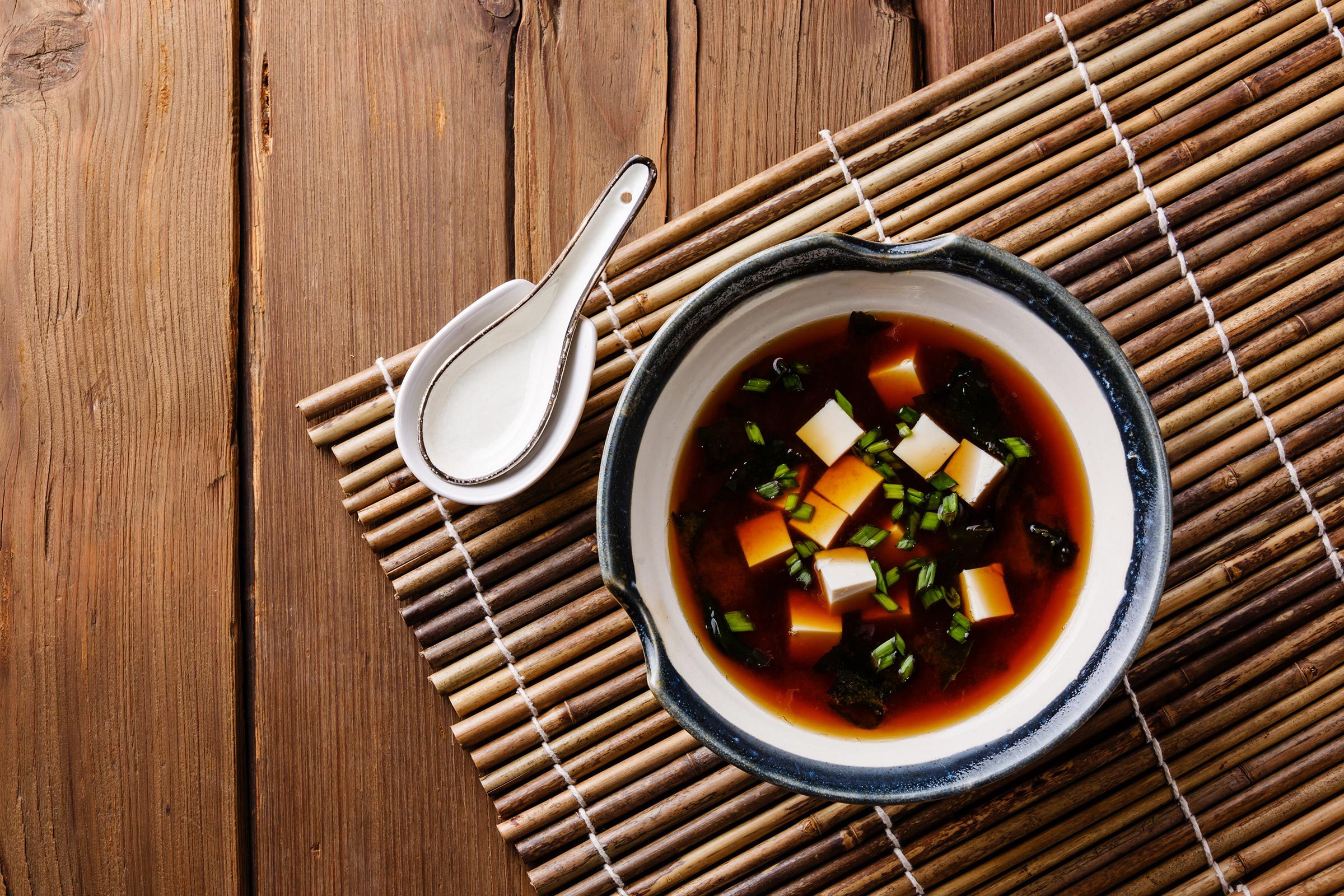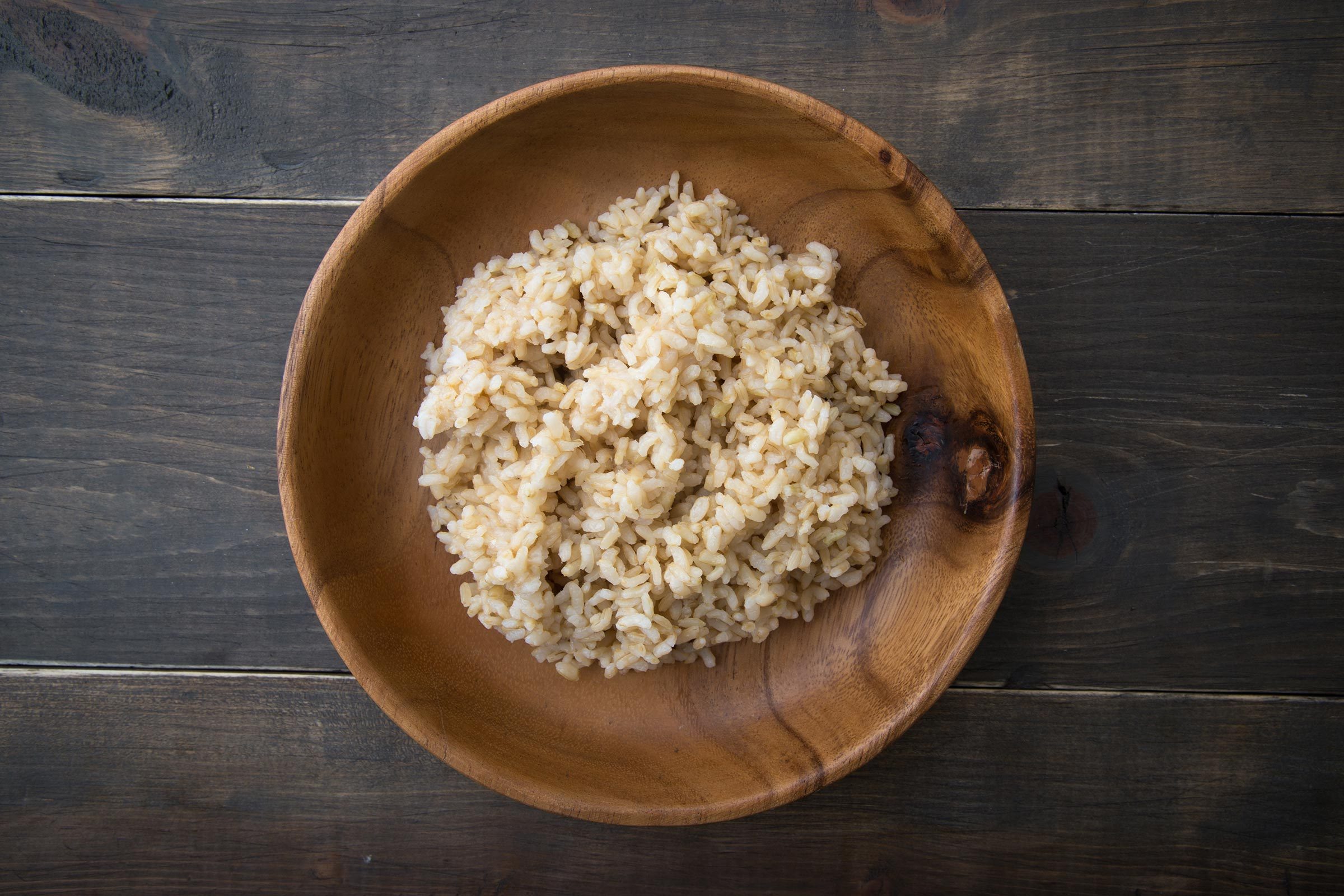
What is sushi?
The Japanese word “sushi” refers to seasoned rice, not fish, according to Malina Malkani, MS, RDN, CDN, a media spokesperson for the Academy of Nutrition and Dietetics. The delicious dish itself includes small balls of seasoned sticky rice garnished with vegetable, egg, or raw fish, Malkani says.
Find out the polite way to eat sushi (and nine more tricky foods).

Is sushi healthy?
Generally speaking, Alyssa Pike, RD, manager of nutrition communications for the International Food Information Council Foundation in Washington, D.C., says sushi is healthy. “There are several ways to make sushi, but often it contains ingredients like tuna and salmon, which contain omega-3s and protein,” she says. Many sushi rolls have cucumber (high in vitamin C, K, and fibre), avocados (full of monounsaturated fats), a seaweed wrap (high in iodine and fibre) and ginger (with gingerol, an antioxidant) on the side, Malkani says. Sushi also includes all three macronutrients—carbs, fats, and protein—giving your body a tasty variety of fuel.
This easy chart will tell you which fish have the most omega-3s.

Sushi sides are also healthy
The answer to “is sushi healthy” depends on your specific order and whether or not the restaurant is reputable, says Malkani, creator of the Wholitarian Lifestyle. But an extra boost of nutrition definitely comes from the typical sushi sides. “Sushi is also often accompanied by nutrient-dense, plant-based whole foods that promote health, like edamame, salad, seaweed, tempeh, tofu, miso and steamed vegetables,” Malkani says.
Satisfying and filling meals are one of the reasons why Japanese children are the healthiest in the world.

Only eat at restaurants you trust
Eating raw fish can lead to potential health risks, including food poisoning by bacteria like Salmonella and Vibrio vulnificus, as well as ingesting parasites like roundworm, tapeworm, and flatworm along with the fish, according to Malkani. “Commercially freezing raw fish at a temperature of four degrees Fahrenheit for a minimum of three days destroys the majority of these parasites,” she says. Anyone eating sushi should only order from trustworthy or reputable restaurants. “Choosing reputable sushi restaurants that are known for high-quality, fresh ingredients, and food safety and preparation practices can help reduce your risk of foodborne illness,” Malkani says.
Check out these ways to avoid food poisoning.

Opt for fish lower in mercury
One of the main reasons why people ask “is sushi healthy” is because of mercury poisoning. And there is a potential risk of consuming too much mercury if you eat lots of sushi often—but it depends on what you order. Malkani says you can manage your risk by eating fewer pieces of larger, longer-living fish like swordfish, shark, bigeye tuna, and king mackerel less often. Instead, choose smaller prey options like salmon, shrimp, and cod. Pregnant women should especially avoid raw fish and fish high in mercury, Pike adds.
These seafood facts will change the way you eat fish forever.

Use soy sauce sparingly
You probably love bathing your sushi in soy sauce. But, sadly, this beloved condiment can pack a huge sodium punch. One tablespoon of soy sauce can have up to 1,024 milligrams of sodium. TheAmerican Heart Association recommends eating no more than 2,300 mg a day if you are trying to lower your blood pressure. To avoid belly bloat, try a low-sodium soy sauce or limit yourself to one small pour from the bottle.
Here are more surprisingly unhealthy condiments—and tips on what to eat instead.

Avoid too much tempura
Is sushi healthy if it’s fried? Ordering vegetable tempura is like dropping a battered green bean into a fryer. A typical serving of vegetable tempura can have almost 1,600 calories, with 60 per cent of that coming from oil absorbed by the veggies. Shrink your portion by ordering a plate to share among a group of friends. Limit katsu and agemono dishes, too—they are also fried and therefore have more fat and calories, Malkani says.
Stay fuller for longer with these high-protein, low-carb foods!

Watch your serving size
If only the bite-size nature of sushi allowed you to eat an unlimited supply! But no, you have to watch your serving size here too. Six to eight pieces of a salmon and avocado roll has about 300 calories, while two rolls will rack up 600 calories. You can cut the calories by ordering a serving of sashimi, soup, salad, or any low-calorie vegetable dish that will also fill you up.
Learn the clear signs you’re not eating enough vegetables.

Order the brown rice
Is sushi healthy if it has white rice? Brown rice is a better option as it has more fiber and nutrients than white rice, Malkani says. Researchers at the Harvard School of Public Health found that those who ate brown rice twice a week had a lower risk of developing type 2 diabetes, while those that ate white rice raised their risk. The next time you buy sushi from the supermarket, reach for brown rice rolls. Many restaurants will also prepare brown rice rolls if you just ask.
The pros of brown rice might not be shocking, but these foods you should never eat raw sure are.